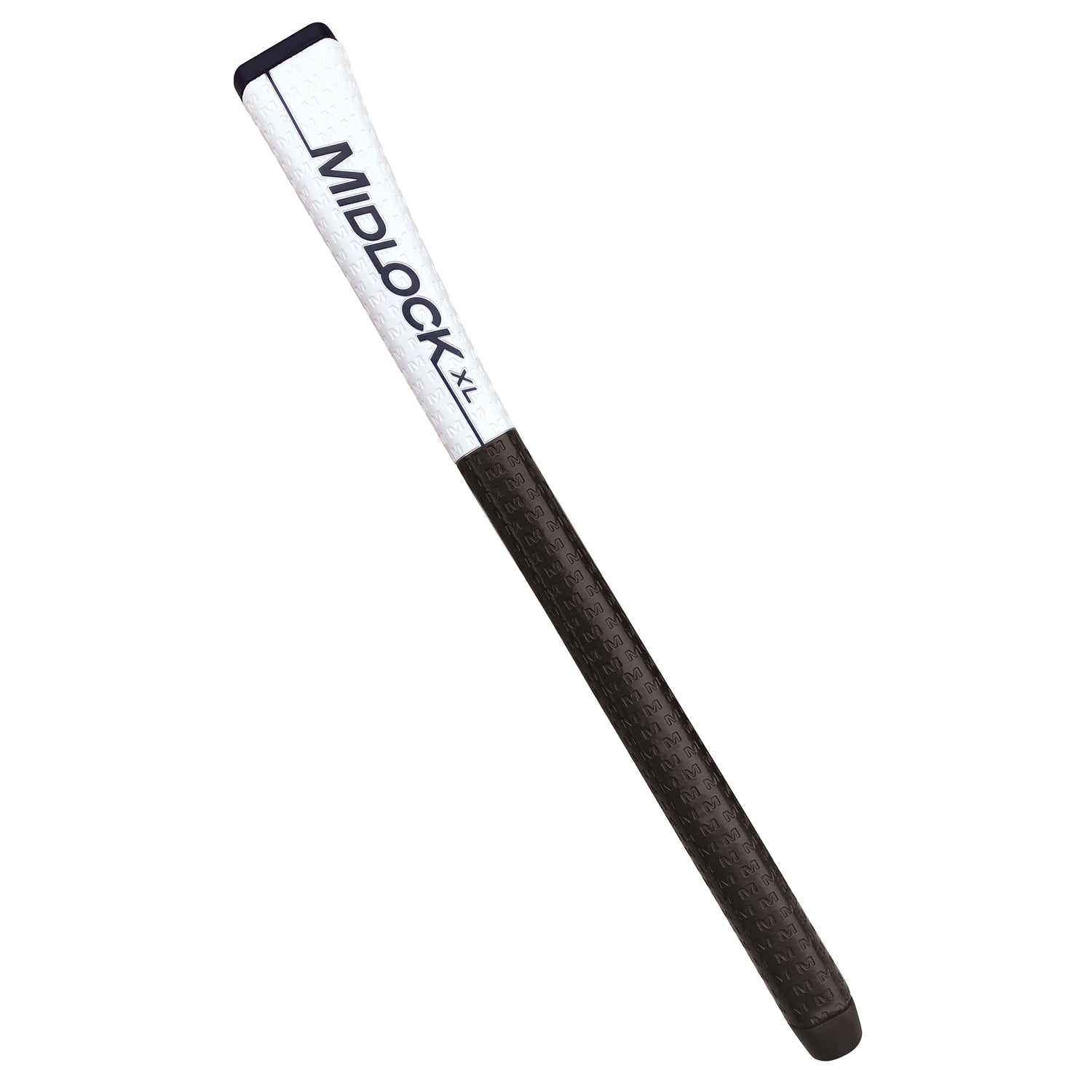A Comprehensive Guide to Parts & Functions
The putter is one of the most personal and specialized clubs in a golfer's bag, crucial for making those delicate shots on the green. Understanding the various parts of a putter can help golfers make informed choices about their equipment, potentially improving their performance on the greens. Here's a detailed look at the parts of a putter:
1. Head
The head is the part of the putter that makes contact with the golf ball. It comes in various shapes and sizes, influencing the putter's performance characteristics. The main types of putter heads include:
- Blade: A traditional and narrow design favored for its feel and precision.
- Mallet: Larger than a blade, offering more forgiveness with a higher Moment of Inertia (MOI).
- Perimeter-weighted: Design that distributes weight around the edges of the head to increase MOI and stability. Evnroll's 2024 Neo Classic putter line features adjustable perimeter weights, embodying our most innovative putter technology to date.
2. Face
The face is the front part of the head that strikes the ball. It can be designed with different materials, textures, and technologies to influence how the ball reacts upon impact, affecting roll and feel. Some putters feature:
- Inserts: Soft materials inserted into the face to enhance feel and sound. Evnroll's Neo Classic putter line features a dual response face insert.
- Milling: Patterns milled into the face to control the ball's roll and improve consistency. Evnroll putters feature patented SweetFace™ Technology, an innovative groove technology that delivers unprecedented accuracy and zero dispersion.
3. Hosel
The hosel is the part of the putter head that connects to the shaft. The design and position of the hosel can affect the balance and alignment of the putter. Different hosel configurations include:
- Plumber's Neck: A common design that offsets the shaft from the head, helping with alignment.
- Double Bend: Often found in mallet putters, creating a face-balanced design suitable for straight putting strokes.
- Slant Neck: Offers a moderate toe hang, suitable for players with a slight arc in their stroke.
Explore Evnroll's V-Series Putter line with 6 different hosel options.
4. Shaft
The shaft connects the head to the grip and can vary in length, material, and flexibility. While most putter shafts are steel for stability and consistency, recent innovations include carbon fiber or composite shafts for different feel and performance characteristics.
5. Grip
The grip is where the golfer holds the putter. It can vary significantly in size, shape, material, and weight, affecting the feel and swing of the putter. Grips are chosen based on personal preference, with options including:
- Standard Grips: Traditional size and shape, offering a balance of feel and control.
- Oversized Grips: Larger grips that can help reduce wrist action for more stable putts.
- Pistol Grips: Feature a rounded top that fits comfortably in the palm, popular for their ergonomic shape.
6. Lie Angle
Though not a physical part, the lie angle (the angle between the shaft and the ground when the putter is in its address position) is crucial. An incorrect lie angle can cause the putter head to sit off the ground properly, affecting the accuracy of putts.
7. Loft
Like the lie angle, the loft (the angle of the putter face relative to vertical) is vital for a successful putt. It helps lift the ball out of any depression on the green and starts it rolling on the intended line. Most putters have a loft between 2 and 4 degrees.
Knowing Your Putter & Equipment Makes A Difference
Understanding these components allows golfers to choose a putter that complements their playing style, improving their confidence and performance on the green. Whether you prefer a traditional blade for its precision or a modern mallet for its forgiveness, the right putter feels like an extension of the golfer, seamlessly connecting intent with action.


